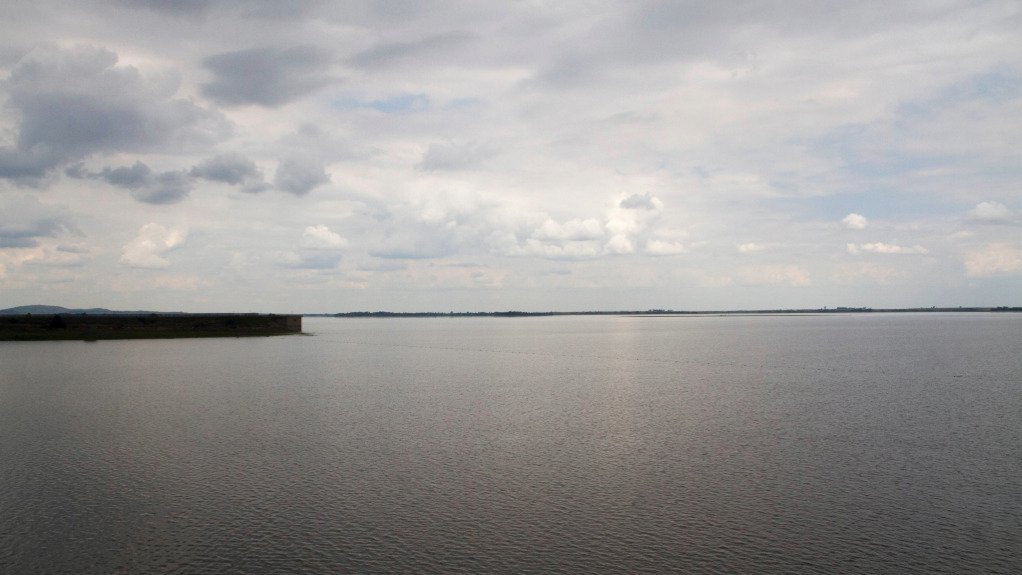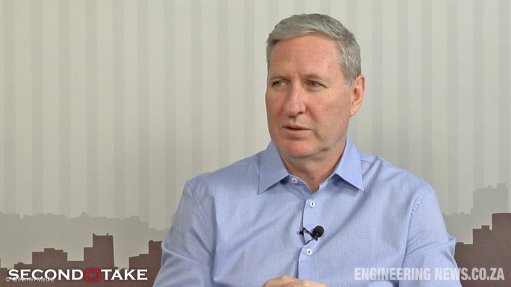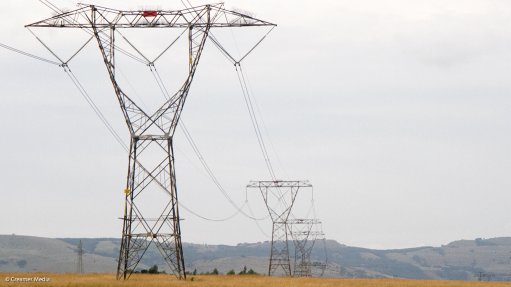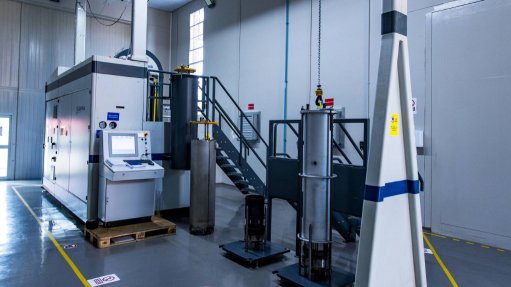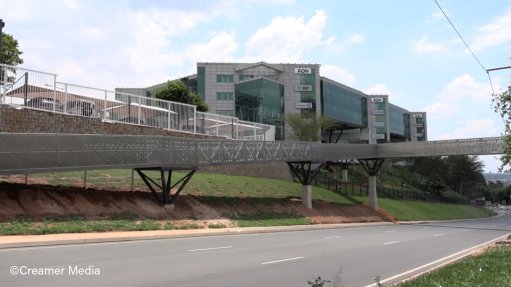South Africa’s dam levels rise as above normal rainfall persists
South Africa’s overall dam levels have increased week-on-week from 80.6% to 81.2% as above-normal rainfall persists.
The Department of Water and Sanitation’s (DWS’s) hydrology report on the status of water reservoirs shows elevated surface water storage levels in most parts of the country, including Gauteng, Limpopo, KwaZulu-Natal, Mpumalanga, the Northern Cape, the North West and the Free State.
“The current rainfall experienced in the central and eastern parts of the country has improved surface water storage and most of the provinces’ water supply systems exceeded 80% of full supply capacity,” said DWS spokesperson Wisane Mavasa.
Near real-time data reveals that the water levels of the Vaal dam, which is part of 14 dams in the Integrated Vaal River System (IVRS), has improved to 71.08% – a significant increase on the 63% reported at the time of the recording of the water levels earlier this week.
The IVRS, which supplies Gauteng and parts of Mpumalanga, the Free State and the North West, is stable with a slight increase from last week’s 83.6% to 84.6% this week.
Mpumalanga and KwaZulu-Natal recorded the highest upsurge in their water levels, with the water storage levels across Mpumalanga increasing from 95.2% last week to 95.7% this week, and in KwaZulu-Natal, water storage levels rose from 88.9% to 90.4%.
The water storage levels of the dams in Limpopo increased week-on-week from 84.1% to 86.8%, while the Northern Cape reported an increase from 62.6% to 73.8% this week.
North West province also experienced an increase from 71.1% last week to 72.4% this week, while Free State’s water levels increased slightly from 75.4% last week to 75.8% this week.
Gauteng’s dam levels remained unchanged at 90.5%.
Meanwhile, the Western Cape water levels are on a decline, from 72.3% last week to 69.9% this week, owing to insufficient rains, as is normal in the region, as the rainfall season is only experienced in winter.
The storage capacity in the country’s major water supply systems (WSS) has also shown a good improvement.
In Limpopo, the Luvuvhu WSS, which serves Thohoyandou, improved from 98% to 100.5% this week. The Polokwane WSS is also at full capacity at 102.9% this week.
The Crocodile West WSS, serving Tshwane, in Gauteng, and Rustenburg, in North West, improved from 89.6% last week to 90.5% this week.
The Crocodile East WSS, which serves Nelspruit, KaNyamazane, Matsulu, Malelane and Komatipoort, in Mpumalanga, also increased from 88.3% to 90.2% this week.
In KwaZulu-Natal, the water supply systems have also increased this week, with uMgeni moving from 90.2% to 93.3%.
The Bloemfontein WSS, in the Free State, which serves Bloemfontein, Botshabelo and Thaba Nchu, improved slightly from 69.6% to 69.7% this week.
While the Northern Cape recorded a significant rise in its dam levels, the province’s WSS has experienced only a slight increase, with Orange WSS, which supplies the Northern and Eastern Cape provinces, edging up from 74.6% to 75.1% this week.
Water supply systems in the Eastern Cape decreased slightly this week and remain stable.
The Algoa WSS, which supplies the Nelson Mandela Bay metropolitan, the Sarah Baartman district, the Kouga local municipality and Gamtroos Irrigation, has slightly dropped from 77.1% to 76% this week.
The Amathole WSS, while stable, reported a decrease from 99.7% last week to 99.3% this week. The system has a total of six dams, which serve Bhisho, Buffalo City and East London.
Similarly, the Klipplaat WSS, serving the Chris Hani district municipality, also decreased, from 84.6% to 83.6%, while the Butterworth WSS is at full supply capacity at 100% this week.
The Cape Town WSS is on a “downward spiral”, dropping from 78% last week to 75.2% this week.
“Although the surface water storage capacity has improved in the majority of our dams in most provinces this week, which assures security of supply in terms of our national water resource security, the DWS continues to remind citizens that climate change is upon us and as a semi-arid country, we need to conserve our available water resource and continue to use it sparingly,” Mavasa concluded.
Article Enquiry
Email Article
Save Article
Feedback
To advertise email advertising@creamermedia.co.za or click here
Comments
Press Office
Announcements
What's On
Subscribe to improve your user experience...
Option 1 (equivalent of R125 a month):
Receive a weekly copy of Creamer Media's Engineering News & Mining Weekly magazine
(print copy for those in South Africa and e-magazine for those outside of South Africa)
Receive daily email newsletters
Access to full search results
Access archive of magazine back copies
Access to Projects in Progress
Access to ONE Research Report of your choice in PDF format
Option 2 (equivalent of R375 a month):
All benefits from Option 1
PLUS
Access to Creamer Media's Research Channel Africa for ALL Research Reports, in PDF format, on various industrial and mining sectors
including Electricity; Water; Energy Transition; Hydrogen; Roads, Rail and Ports; Coal; Gold; Platinum; Battery Metals; etc.
Already a subscriber?
Forgotten your password?
Receive weekly copy of Creamer Media's Engineering News & Mining Weekly magazine (print copy for those in South Africa and e-magazine for those outside of South Africa)
➕
Recieve daily email newsletters
➕
Access to full search results
➕
Access archive of magazine back copies
➕
Access to Projects in Progress
➕
Access to ONE Research Report of your choice in PDF format
RESEARCH CHANNEL AFRICA
R4500 (equivalent of R375 a month)
SUBSCRIBEAll benefits from Option 1
➕
Access to Creamer Media's Research Channel Africa for ALL Research Reports on various industrial and mining sectors, in PDF format, including on:
Electricity
➕
Water
➕
Energy Transition
➕
Hydrogen
➕
Roads, Rail and Ports
➕
Coal
➕
Gold
➕
Platinum
➕
Battery Metals
➕
etc.
Receive all benefits from Option 1 or Option 2 delivered to numerous people at your company
➕
Multiple User names and Passwords for simultaneous log-ins
➕
Intranet integration access to all in your organisation



